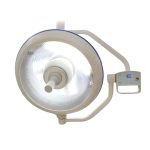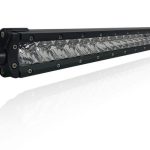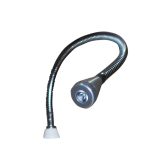Unlocking the Science: How LED Light Therapy Works for Skin Care
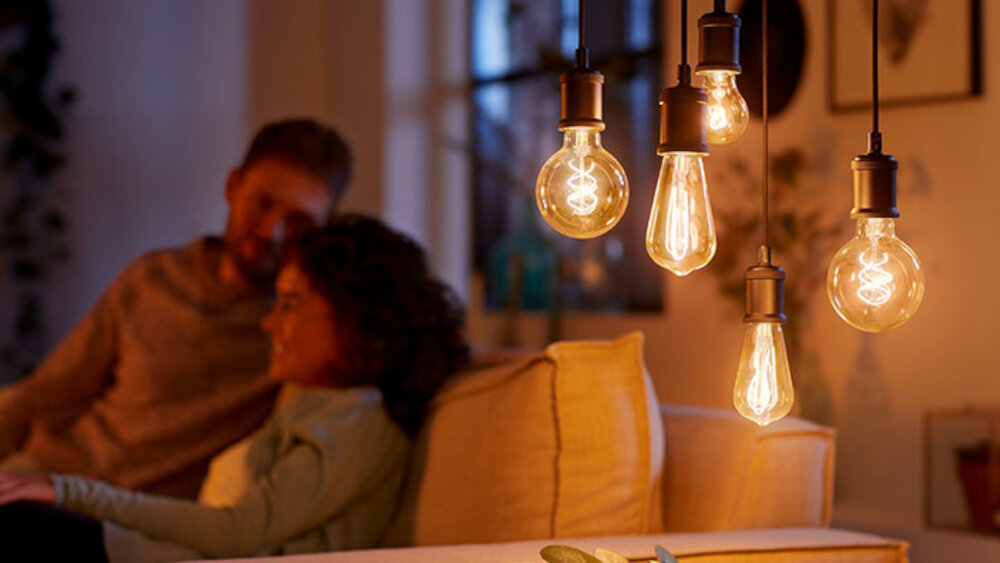
With the increasing trend of skin care, people are always on the lookout for new and innovative ways to keep their skin looking young and healthy. Among the many skin care treatments available, LED light therapy has emerged as a popular and effective option. It is a non-invasive, pain-free, and safe method that uses different wavelengths of light to improve skin texture, reduce acne, and provide other skin benefits. LED light therapy is a science-based treatment that has been extensively researched and tested. It works by stimulating the body’s natural healing processes, targeting specific skin concerns with different wavelengths of light. This therapy is not only beneficial for the skin but is also used to treat a variety of medical conditions such as pain relief, wound healing, and depression. Whether you’re looking to improve the overall appearance of your skin or seeking relief from a specific skin condition, LED light therapy can provide a safe and effective solution. In this article, we will explore the science behind LED light therapy and how it works for skin care.
LED light therapy is a non-invasive treatment that uses specific wavelengths of light to target various skin concerns. This therapy works by emitting light energy that penetrates the skin at different depths, stimulating cellular activity and promoting healing. Red light therapy helps to reduce inflammation, increase collagen production, and improve skin texture and tone. Blue light therapy is effective in treating acne by killing the bacteria that cause breakouts. In contrast, yellow light therapy is beneficial for reducing redness and irritation, while green light therapy is used to reduce pigmentation and improve skin complexion. LED light therapy is a safe and effective treatment that can be used to improve the appearance of the skin without any downtime or discomfort.
The history of LED light therapy can be traced back to the late 1960s when NASA was conducting experiments on the effects of light on plant growth. Researchers discovered that certain wavelengths of light could promote plant growth, and they later found that these same wavelengths could also help heal wounds and stimulate tissue regeneration in astronauts. This discovery led to the development of LED light therapy, which has since been used in a variety of medical and cosmetic applications. Today, LED light therapy is a popular non-invasive skin care treatment that has been shown to improve the appearance of fine lines and wrinkles, reduce inflammation, and promote collagen production.
The Science Behind LED Light Therapy
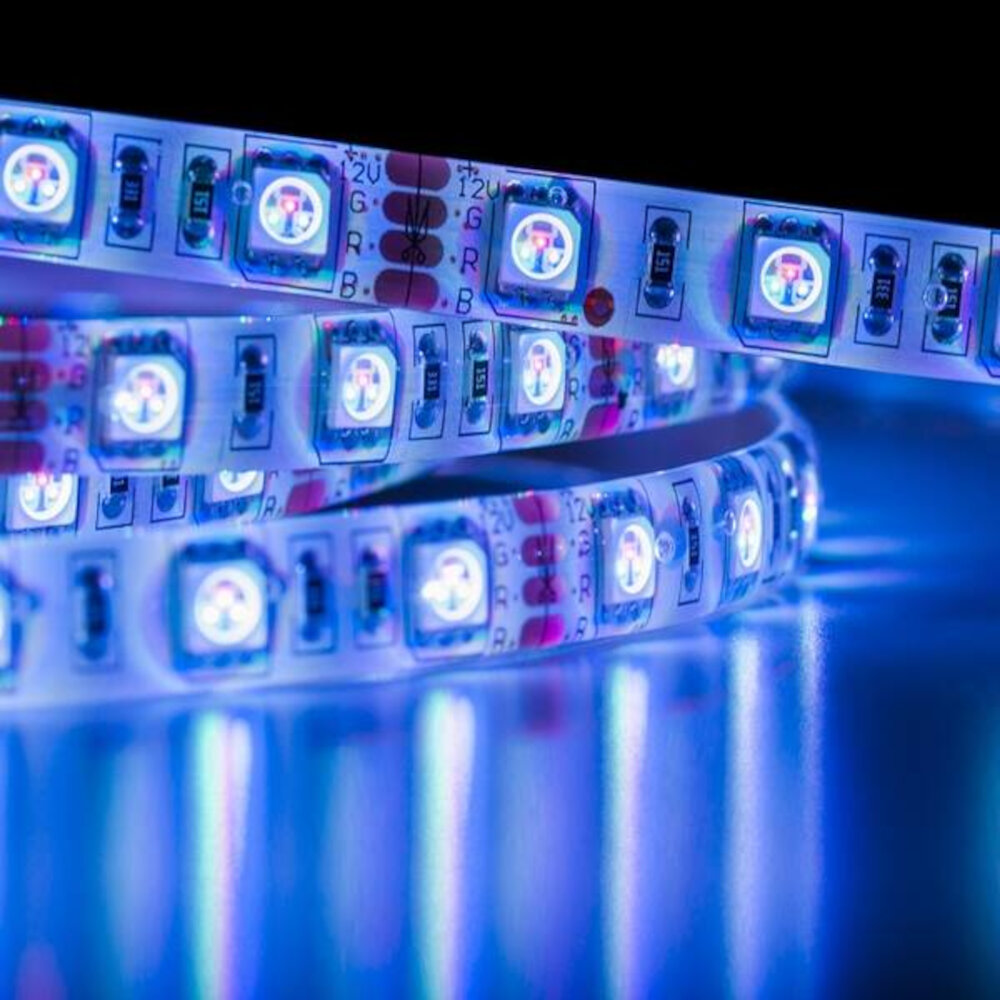
LED light therapy has gained immense popularity in recent years as an effective and non-invasive method for treating various skin conditions. The treatment involves exposing the skin to different wavelengths of light, which are absorbed by the skin cells to trigger various biological responses. The different wavelengths of light used in LED therapy, including red, blue, and green, penetrate the skin to different depths and initiate different cellular processes. Red light, for example, stimulates the production of collagen and elastin, which are essential for skin health and elasticity. Blue light, on the other hand, targets acne-causing bacteria and helps to reduce inflammation and redness. Green light is used to reduce hyperpigmentation and promote an even skin tone. The science behind LED light therapy lies in the fact that different wavelengths of light have specific biological effects on the skin cells. When the skin is exposed to a particular wavelength of light, it triggers a cascade of cellular responses that promote healing and rejuvenation. For instance, red light has been shown to increase blood flow to the skin, which in turn promotes the production of collagen and elastin. Blue light, on the other hand, has been found to reduce the production of sebum, the oily substance that clogs pores and leads to acne. By harnessing the power of different wavelengths of light, LED therapy offers a safe, effective, and non-invasive method for improving skin health and treating various skin conditions.
LED light therapy is a non-invasive skin care treatment that involves the use of different wavelengths of light to penetrate the skin at varying depths. The different wavelengths of light target specific skin concerns, such as acne, wrinkles, and hyperpigmentation. When LED light is absorbed by the skin, it triggers cellular activity, which helps to stimulate collagen production, reduce inflammation, and improve skin texture. The different colors of LED light have different benefits for the skin. Red light, for example, is known to stimulate collagen production and improve skin elasticity, while blue light is effective in treating acne and minimizing the appearance of pores. LED light therapy is a safe and effective way to improve the overall health and appearance of the skin.
LED light therapy has become a popular treatment in skin care due to its effectiveness in treating various skin conditions. Different colors of LED light have different wavelengths, which penetrate the skin at varying depths, resulting in different benefits. Red LED light is commonly used to reduce inflammation and stimulate collagen production, resulting in firmer and smoother skin. Blue LED light is effective in killing acne-causing bacteria and reducing breakouts. Green LED light is used to reduce hyperpigmentation and even out skin tone. Yellow LED light is known for its calming effect on the skin, reducing redness and irritation. With the right combination of LED light colors, skin care professionals can tailor the treatment to the specific needs of their clients, resulting in healthier, clearer, and more radiant skin.
LED light therapy has gained immense popularity in recent years due to its various benefits for the skin. Scientific evidence has shown that different wavelengths of LED light can penetrate the skin at different depths, triggering cellular responses that promote healing and rejuvenation. Red LED light, for instance, has been found to stimulate collagen production, improve blood circulation, and reduce inflammation, leading to improved skin texture and a reduction in fine lines and wrinkles. Blue LED light, on the other hand, can kill acne-causing bacteria, making it an effective treatment for acne-prone skin. In addition, studies have also shown that LED light therapy can enhance the effectiveness of other skincare treatments, such as chemical peels and microdermabrasion. Overall, the scientific evidence supporting the effectiveness of LED light therapy for skin care is strong, making it a promising treatment option for a wide range of skin concerns.
Benefits of LED Light Therapy for Skin Care
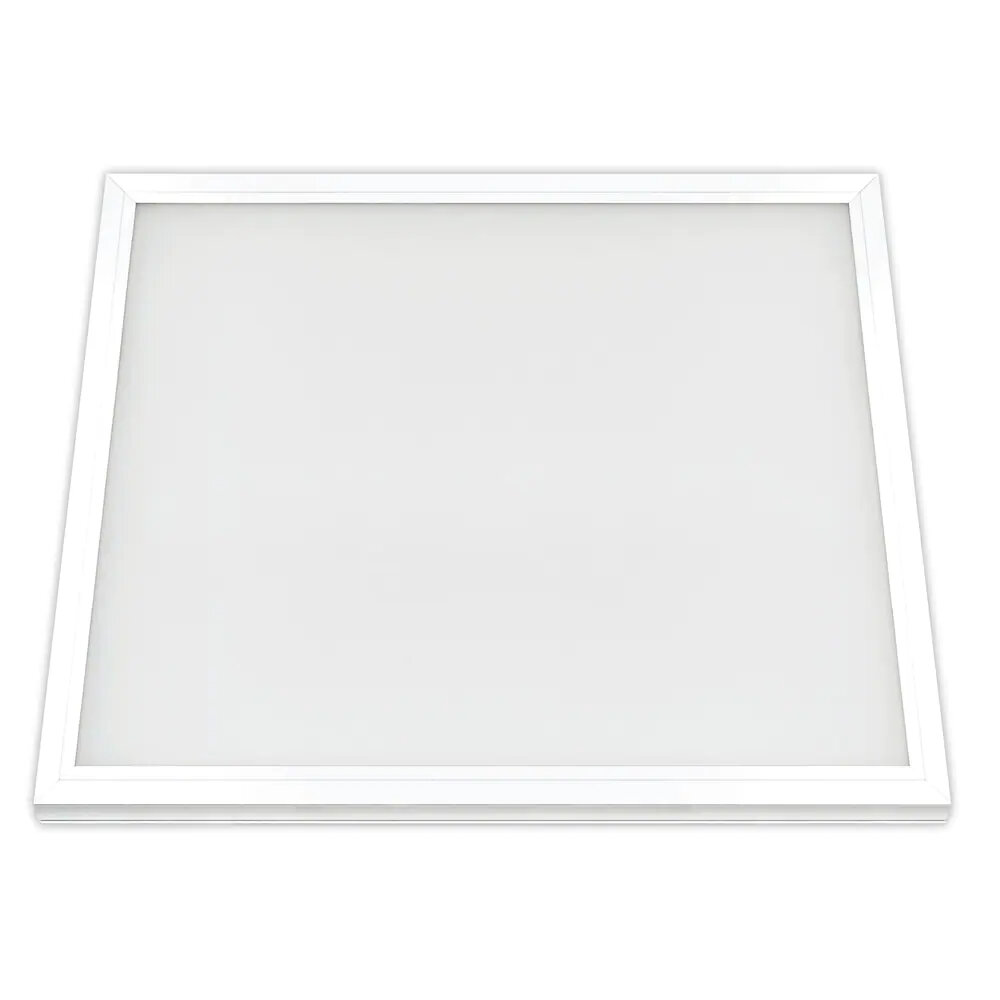
LED light therapy has become increasingly popular in recent years as an effective and non-invasive treatment for various skin concerns. One of the key benefits of LED light therapy is its ability to stimulate collagen production, which can help reduce the appearance of fine lines and wrinkles. Collagen is a protein that is essential for maintaining the elasticity and firmness of the skin, and as we age, our body’s natural production of collagen slows down. By using LED light therapy, we can promote collagen production and improve the overall texture and tone of the skin. LED light therapy can also help reduce inflammation and redness, making it an effective treatment for conditions such as acne and rosacea. The blue light used in LED therapy has been shown to kill acne-causing bacteria, while the red light can help reduce inflammation and promote healing. Overall, LED light therapy is a safe and effective way to improve the health and appearance of the skin without the need for invasive procedures or harsh chemicals. Another benefit of LED light therapy is its ability to increase blood circulation and oxygenation in the skin. By stimulating blood flow, LED light therapy can help deliver more nutrients and oxygen to the skin cells, which can improve their overall health and function. This increased circulation can also help flush out toxins and waste products from the skin, which can contribute to dullness and blemishes. Additionally, LED light therapy can help boost the production of ATP (adenosine triphosphate), which is the energy currency of the cells. By increasing ATP production, LED light therapy can help improve cellular metabolism and function, which can lead to healthier, more radiant skin. Overall, LED light therapy is a versatile and effective treatment for a variety of skin concerns, and its non-invasive nature makes it a popular choice for those seeking a gentle, yet effective, approach to skin care.
Acne and blemishes are common skin conditions that can be frustrating to deal with. However, LED light therapy has been found to be an effective solution for reducing the appearance of these blemishes. The therapy works by emitting specific wavelengths of light that penetrate the skin and target the bacteria that cause acne. This helps to reduce inflammation and redness, while also promoting the production of collagen and elastin. As a result, the skin becomes clearer, smoother, and more even in tone. Additionally, LED light therapy is non-invasive and painless, making it a safe and convenient option for those looking to improve their skin’s appearance.
LED light therapy is a revolutionary technique in the field of skincare that has been gaining popularity in recent years. One of the most significant benefits of this therapy is its anti-aging effects. Red light therapy, in particular, has been shown to stimulate collagen production, which is critical for maintaining youthful, radiant skin. Collagen is responsible for keeping the skin firm and supple, but its production decreases as we age. By using LED light therapy, individuals can boost collagen production, resulting in reduced fine lines and wrinkles, and an overall improvement in skin texture and tone. Additionally, LED light therapy can also improve skin elasticity and reduce inflammation, further contributing to a more youthful appearance.
One of the major benefits of LED light therapy for skin care is its ability to reduce inflammation and redness. Inflammation is the body’s natural response to injury or infection, but chronic inflammation can lead to a host of skin problems, including acne, rosacea, and psoriasis. LED light therapy works by stimulating the production of ATP, a molecule that provides energy to cells, which in turn helps to reduce inflammation. Additionally, red and blue light wavelengths have been shown to decrease the production of pro-inflammatory cytokines, further reducing inflammation and redness. With regular use, LED light therapy can help to improve the overall health and appearance of the skin, leaving it looking clearer, smoother, and more radiant.
Collagen is a protein that is essential for maintaining the elasticity and firmness of our skin. As we age, our body’s collagen production decreases, resulting in wrinkles, fine lines, and sagging skin. However, LED light therapy can help boost collagen production in the skin by stimulating the fibroblast cells responsible for producing collagen. This non-invasive treatment uses specific wavelengths of light that penetrate deep into the skin, triggering a natural healing response that promotes collagen synthesis. With regular use, LED light therapy can help improve the overall texture and appearance of the skin, giving it a youthful and radiant glow.
How to Use LED Light Therapy for Skin Care
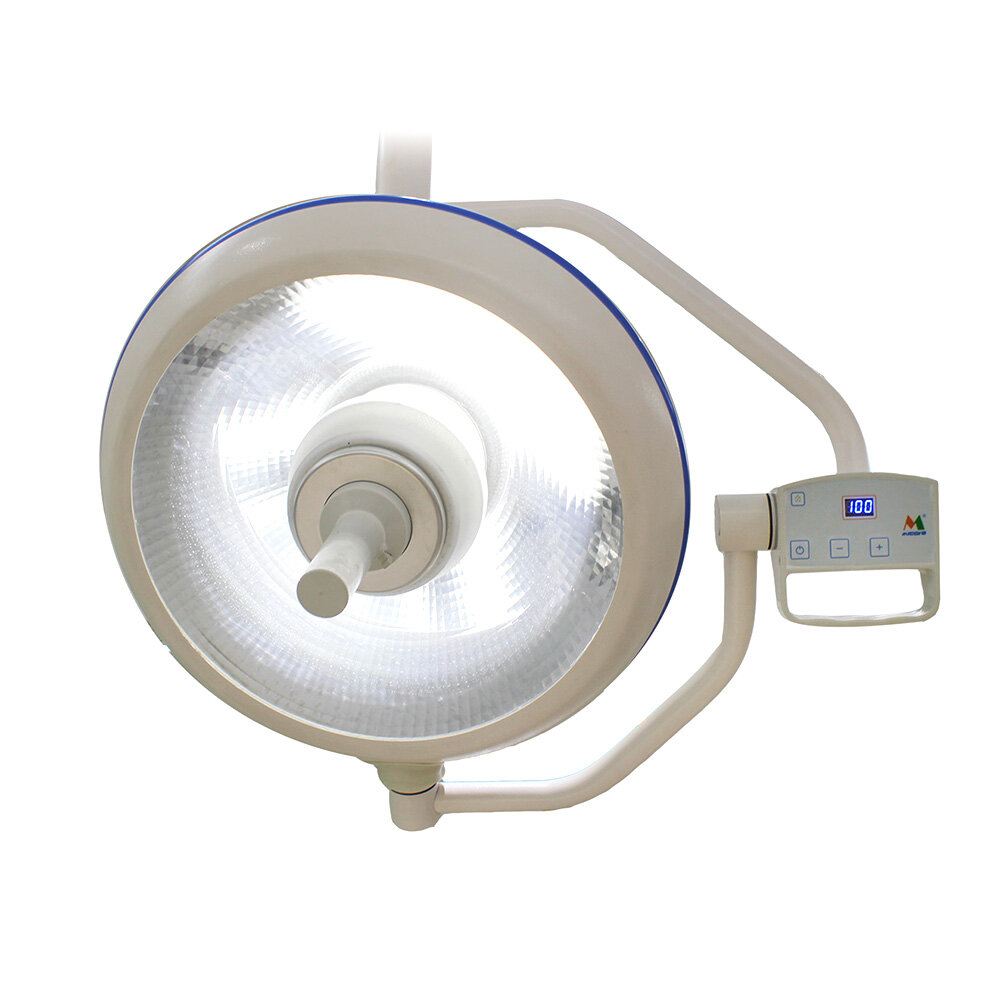
LED light therapy is a non-invasive, painless treatment that uses different wavelengths of light to target various skin concerns. The therapy works by penetrating the skin at different depths and stimulating the cells to produce collagen, reduce inflammation, and improve overall skin health. The different colors of light have unique benefits: blue light is used to target acne-causing bacteria, red light is used to promote collagen production and reduce inflammation, and green light is used to reduce pigmentation and improve skin tone. LED light therapy is suitable for all skin types and can be used as a standalone treatment or in combination with other skincare treatments. To use LED light therapy for skin care, you will need an LED light device that emits the desired wavelength of light. Before using the device, ensure that your skin is clean and dry. You can use a gentle cleanser and toner to remove any makeup and debris from your skin. Next, apply a serum or moisturizer to your skin to enhance the effects of the LED light therapy. Then, place the LED light device over the area of concern and leave it on for the recommended time. The duration of the treatment will depend on the manufacturer’s instructions and the desired results. LED light therapy is a safe and effective way to improve the appearance of your skin without the use of harsh chemicals or invasive procedures.
LED light therapy devices come in a variety of forms, each with its unique features and benefits. The most common type is the handheld device, which is suitable for treating small areas of the face or body. These devices are portable, affordable and come with different light settings designed to target specific skin concerns such as acne, fine lines, and wrinkles. Another type of LED light therapy device is the panel or mask, which covers the entire face and is ideal for treating larger areas. These devices are more expensive but offer more comprehensive treatment options. Some devices also come with additional features such as built-in timers, automatic shut-off systems, and rechargeable batteries. Overall, LED light therapy devices are a convenient and effective way to improve the appearance of the skin, and their versatility makes them a popular choice among skincare enthusiasts.
When it comes to LED light therapy for skin care, it’s important to understand the recommended usage and frequency in order to achieve the best results. Generally, it is recommended to use LED light therapy devices for 10-20 minutes at a time, 2-3 times per week. However, this may vary depending on the specific device and the desired results. It’s important to consult with a skincare professional to determine the best usage and frequency for your individual needs. Overusing LED light therapy can potentially cause harm to the skin, so it’s important to follow the recommended guidelines and not exceed them. With proper usage and frequency, LED light therapy can be a powerful tool in achieving healthier, more radiant skin.
Before starting LED light therapy for skin care, there are certain precautions that need to be taken into account. First and foremost, it is important to consult with a dermatologist or a professional skin care provider to determine if this treatment is appropriate for your skin type and condition. Additionally, individuals with light-sensitive skin or those taking medications that increase sensitivity to light may not be good candidates for LED light therapy. It is also important to wear protective eyewear during the treatment to avoid potential damage to the eyes. As with any treatment, there may be potential side effects such as redness, irritation, or dryness of the skin. However, these side effects are typically mild and temporary, and most individuals experience no adverse effects from the treatment. Overall, with proper precautions and care, LED light therapy can be a safe and effective option for skin care.
DIY LED Light Therapy for Skin Care
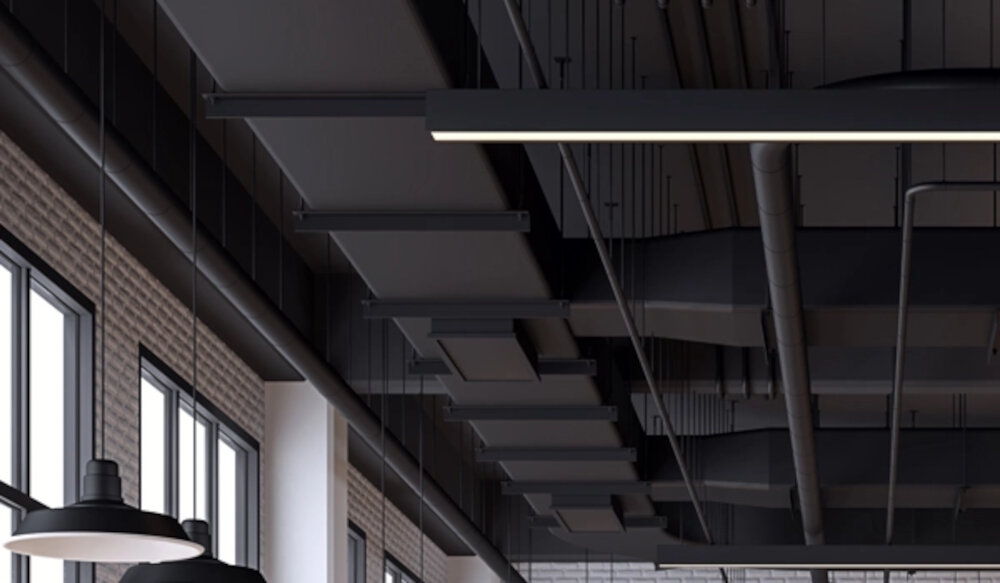
LED light therapy has become increasingly popular in the skincare industry as a non-invasive and effective way to treat a variety of skin conditions. However, going to a professional for LED light therapy treatments can be expensive. Fortunately, there are DIY options available for those looking to try this innovative skincare technique at home. One of the easiest and most affordable DIY options is to purchase an LED light therapy mask. These masks come in a variety of designs and colors, making it easy to find one that suits your specific skincare needs. For example, red light is commonly used to reduce fine lines and wrinkles, while blue light is effective in treating acne. By using an LED light therapy mask regularly, you may begin to see improvements in your skin’s texture, tone, and overall appearance. Another DIY option for LED light therapy is to create your own light panel using LED light strips, a power source, and a frame to hold the lights in place. This allows you to customize the size and shape of your LED light therapy panel to suit your specific needs. Additionally, creating your own LED light panel can be more cost-effective in the long run than purchasing a pre-made mask. However, it is important to ensure that your DIY panel is safe to use and that you are using the correct type of LED lights for your desired skincare results. Overall, DIY LED light therapy is a great option for those looking to improve their skin’s appearance without breaking the bank.
Creating a DIY LED light therapy device at home is a simple and cost-effective way to reap the benefits of this innovative skincare treatment. To get started, you will need a few basic supplies, including a LED light strip, a power source, and a method for attaching the lights to your skin. First, choose the color of LED lights that corresponds to the specific skin concern you want to target. Next, cut the LED light strip to the appropriate length and attach it to a power source, such as a battery pack. Finally, secure the lights to your skin using a specialized adhesive or a simple headband to hold the device in place. With consistent use, your DIY LED light therapy device can help reduce inflammation, boost collagen production, and improve the overall health and appearance of your skin.
When creating a DIY device for LED light therapy, it is important to consider safety precautions to prevent potential harm or accidents. Firstly, it is crucial to use high-quality components and follow instructions carefully to ensure the device is functioning properly. Secondly, it is recommended to use protective gear, such as gloves and eye protection, when assembling and using the device. Additionally, users should be aware of the potential risks associated with the use of the device, such as burns or eye damage, and take appropriate precautions. It is also important to properly dispose of any materials and components used in the creation of the device to avoid environmental hazards. By taking these safety considerations into account, DIY enthusiasts can enjoy the benefits of LED light therapy without compromising their health or safety.
For optimal results with LED light therapy for skin care, it’s essential to follow a few tips. First, it’s important to use the correct wavelength of LED light for the specific skin concern. This means doing research and seeking professional advice if needed. Second, consistency is key. Using LED light therapy regularly, ideally 2-3 times per week, will provide the best results. Third, ensure that the skin is clean and free of any makeup or skincare products before using LED light therapy. Fourth, use eye protection to avoid damage to the delicate eye area. Finally, be patient. While LED light therapy can provide noticeable results quickly, continued use over time will yield the best and longest-lasting results.
LED light therapy has gained popularity in recent years for its potential benefits in skin care. This non-invasive treatment uses low-level light energy to penetrate the skin at various wavelengths, stimulating cellular activity and promoting healing. Red light therapy, for example, has been shown to reduce inflammation and promote collagen production, improving the appearance of fine lines and wrinkles. Blue light therapy, on the other hand, can kill acne-causing bacteria and reduce the severity of breakouts. Yellow light therapy is believed to improve lymphatic function and reduce redness, while green light therapy can help reduce pigmentation and even out skin tone. Overall, LED light therapy is considered a safe and effective option for improving skin health and appearance, with many users reporting positive results after just a few sessions.
Incorporating LED light therapy into a skincare routine can be a game changer for anyone looking to improve their overall skin health. The science behind this innovative technology is impressive, as it has been shown to effectively reduce the appearance of fine lines, wrinkles, and acne. Additionally, LED light therapy has been proven to boost collagen production, which can lead to a more youthful and vibrant complexion. Whether used as a standalone treatment or in combination with other skincare products, LED light therapy is a safe, non-invasive option that can help people achieve their desired skin goals. Overall, the benefits of LED light therapy make it a valuable addition to any skincare routine.
Conclusion
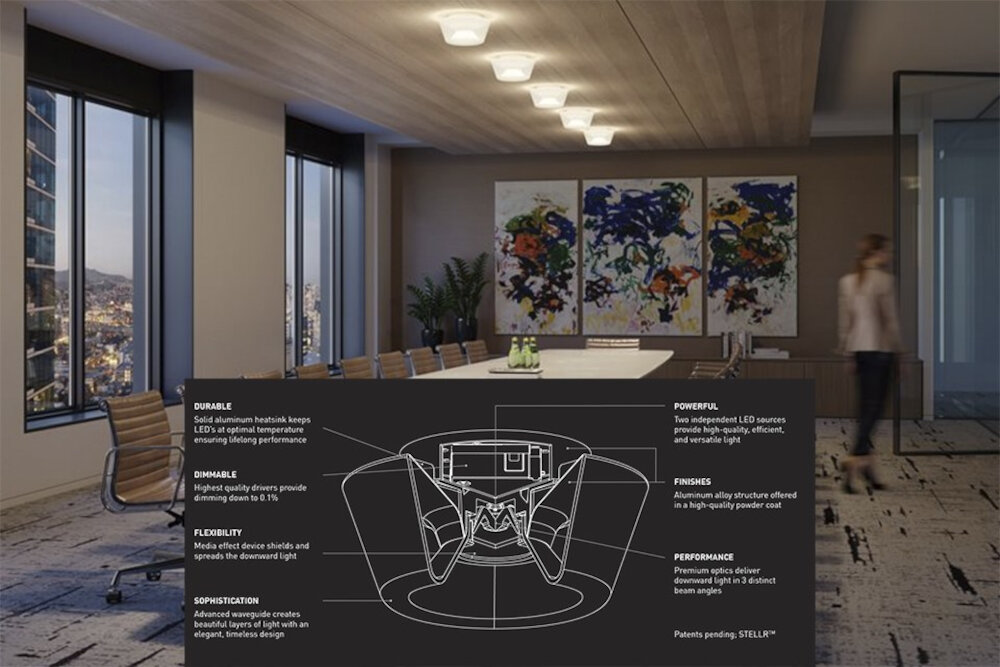
In conclusion, LED light therapy is a promising and effective treatment for a variety of skin concerns. The science behind this innovative technology is fascinating, and the benefits it offers are truly remarkable. By stimulating the skin at a cellular level and encouraging the production of collagen and elastin, LED light therapy can help to reduce the appearance of wrinkles, fine lines, and blemishes, while improving the overall health and radiance of the skin. Whether you’re looking to address specific skin issues or simply want to maintain a healthy, youthful complexion, LED light therapy is a safe, non-invasive, and highly effective option that deserves serious consideration. With continued research and development, the potential applications of this technology are virtually limitless, and we can only imagine the incredible breakthroughs that lie ahead in the field of LED light therapy.

